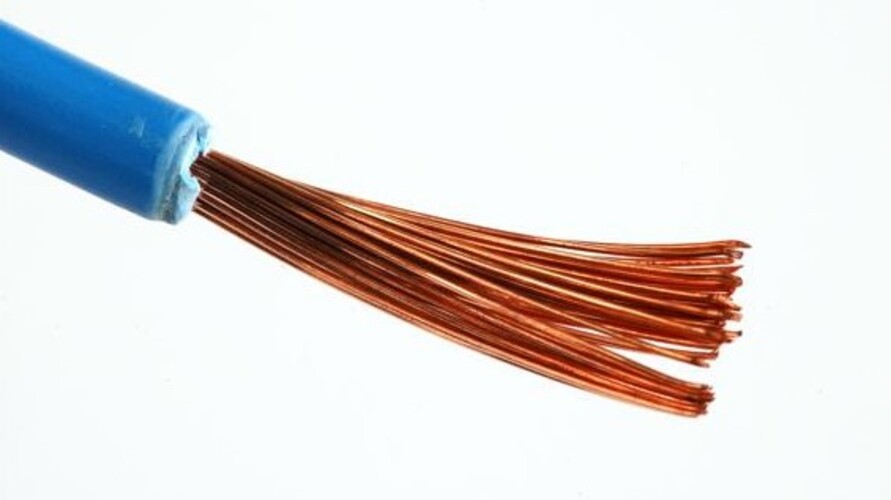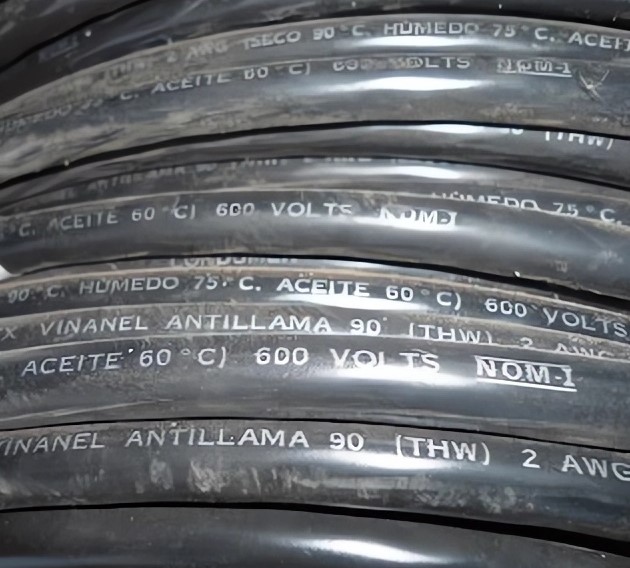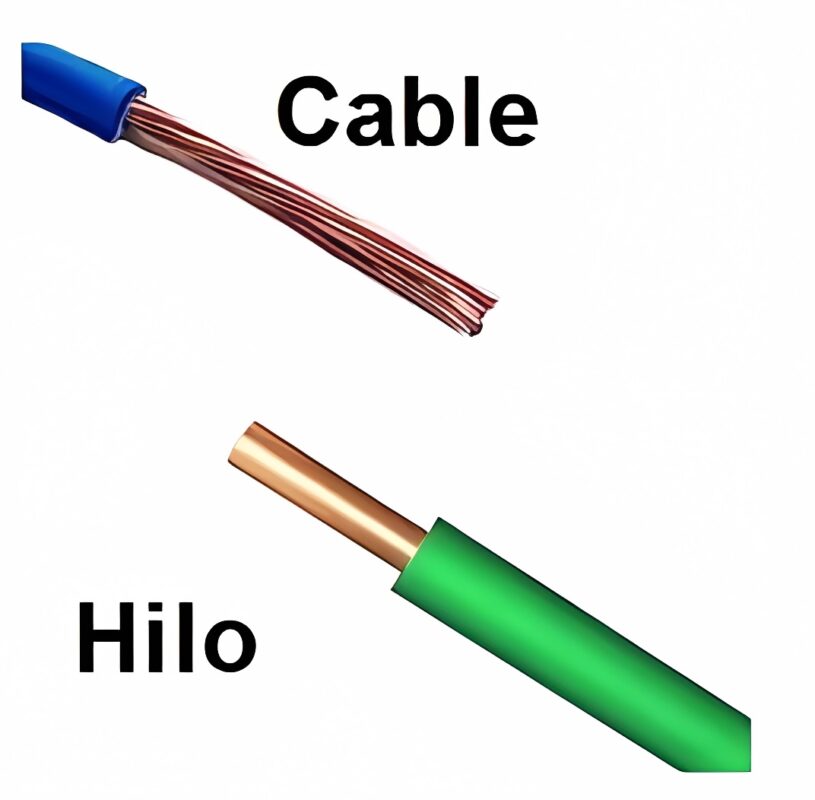AC/DC Power
Electrical cables and conductors: their generalities
Electrical cables and conductors are fundamental elements in electrical installations. They serve as the means to interconnect various equipment, both for power and control purposes.
We will discuss them, aiming to explain their characteristics in an approachable and colloquial manner. And we will clarify any necessary technical terms for your better understanding of the topic.
We suggest reading our posts Electrical energy: only what you need to know and Electrical energy: your first steps. The content will help you better understand what we will explain here.
Distinguishing between electrical cables and conductors

Often, we use these terms interchangeably, but it’s not correct because a cable is not the same as a conductor.
In this regard, an electrical conductor is where the current flows. It’s the metallic part that enables the electrical operation of connected equipment.
A conductor without any form of covering, known as insulation, is referred to as a bare electrical conductor.
Now, when this same element is covered with some form of insulation, it’s called an electrical cable. This insulation is essentially a material that prevents the flow of current, allowing the electrical conductor to be handled safely even when energized.
However, this insulation serves other protective purposes. Comes in various colors, and includes important data regarding the conductor and the cable, such as the type of insulation, gauge, etc. These details depend on the types of electrical cables and the safety regulations they adhere to.
Next, we present a table that includes some types of insulation and their characteristics.

High-quality electrical cables have markings on their insulation that identify them, including some of their characteristics such as temperature and voltage ratings, gauge, among others.

Materials for electrical conductors
Electrical cable conductors are made of aluminum and copper. However, aluminum is the lighter of the two and is generally used in distribution networks.
In contrast, for industrial, commercial, and domestic installations, copper is used. It is much cheaper than aluminum and provides an excellent technical-economic relationship.
Likewise, it is the preferred choice for use in DC electricity systems and photovoltaic systems as it significantly reduces costs. That’s why from now on, we will only discuss copper conductors.
However, it’s important to note that this material is not pure copper. It contains a small proportion of other metals and elements to provide hardness, make it manageable, and reduce oxidation.
This concludes our article. Please let us know what you thought, and we invite you to read the continuation titled Electrical cables and conductors: gauges and structure.
Also, don’t forget to get the Course on dimensioning and design of dc power systems for telecommunications and critical systems that we offer. In it, we delve deeper into these essential elements in any electrical system.
If you want to learn more about its content, all you need to do is click here.
If anything is unclear, feel free to reach out, and we’ll be happy to answer your questions.
We also encourage you to subscribe for free on our website, energydcac, to stay informed about the posts we publish and other updates of interest. What are you waiting for?

